Thousands Of Women Have Had This Type Of Heart Attack—And No One Can Tell Them Why

“You’re so young to have that scar.” That’s what Naesha Parks often hears when people see the mark on her chest from the open-heart surgery she had at age 35. On hot summer days in her hometown of Evans, Georgia, the raised scar peeks out from tank tops and blouses. “You had a heart attack?” they ask in disbelief.
In 2008, several days after the birth of her son, the former school administrator was hanging out with a friend when she started feeling off. She was terribly exhausted and sweating, and she felt pressure in her chest. Parks told her friend to call 911. Then she blacked out and woke up three days later in the hospital. “The way my surgeon describes it, it was like I got run over by a car, hit by a train, and then got back up, only to be hit by a Mack truck,” says Parks. She had suffered a spontaneous coronary artery dissection (SCAD) that resulted in a heart attack, and then she had a pulmonary embolism. After 28 minutes, doctors were able to resuscitate her.
“This wasn’t supposed to happen to me,” says Parks. The doctors could explain the pulmonary embolism—an arterial blockage that was likely a result of her C-section—but they had no answers for the SCAD and ensuing heart attack. At that point in her life, Parks had no negative heart-health history and had never been on any long-term medication. Today, Parks takes 20 medications a day.
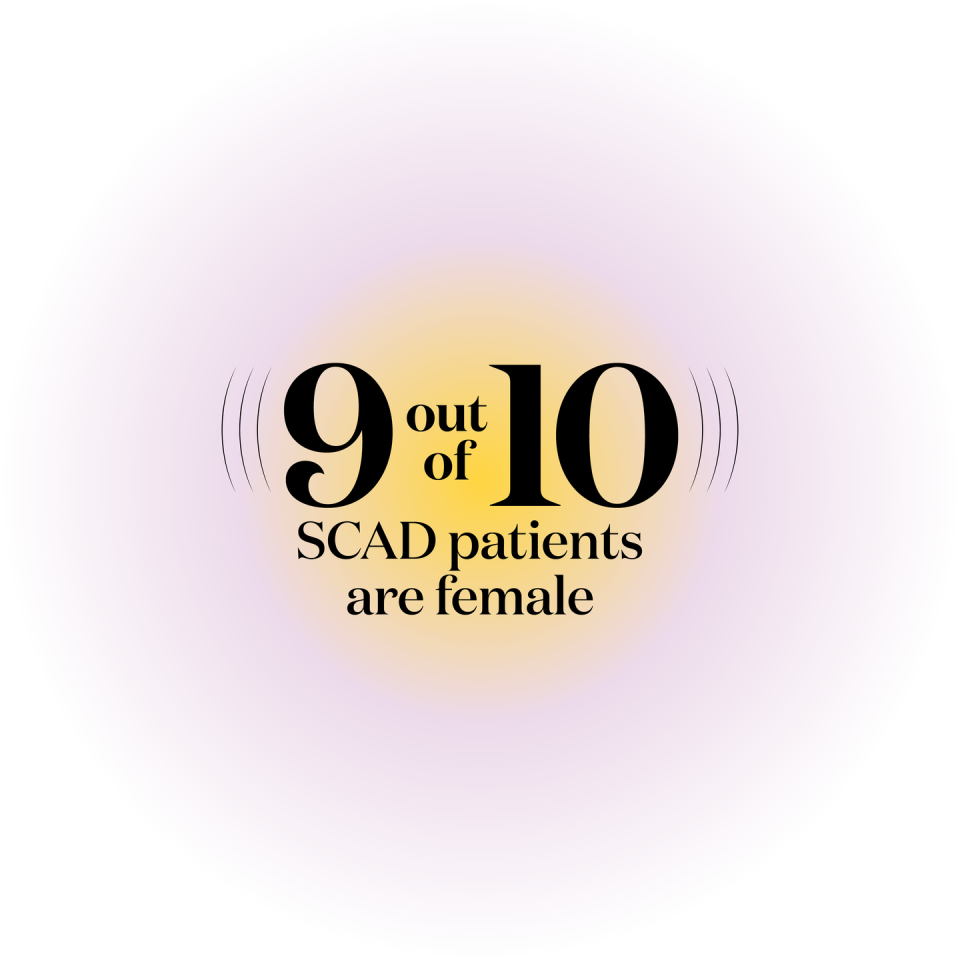
She isn’t the first healthy young mom to have a terrifying heart attack appear out of nowhere after a spontaneous coronary artery dissection, which occurs when one of the arteries supplying blood to the heart tears and blocks the artery, resulting in a heart attack. In the general U.S. population, SCAD accounts for around 1 to 4 percent of acute heart problems every year. But among young women, it’s one of the most common causes of heart attack, says Esther Kim, MD, MPH, director of the center for women’s cardiovascular health at Atrium Health Sanger Heart & Vascular Institute.
SCAD’s true prevalence isn’t fully known, and its survival rate is also undetermined, because it’s often underreported and misdiagnosed. What experts do know is that 40 percent of heart attacks in women under 50 can be attributed to SCAD, and 9 out of 10 SCAD patients are female.

The first SCAD report was recorded almost 95 years ago.
On November 12, 1930, Harold C. Pretty, MD, was summoned to the home of a 42-year-old married mother of four who had been vomiting all night. The family, who lived in England, had eaten a meal of fish and chips, so Dr. Pretty prescribed her some remedies (think: castor oil) for an upset stomach. The next night, after experiencing chest pain and more nausea, the woman (unnamed in medical records) died in her husband’s arms.
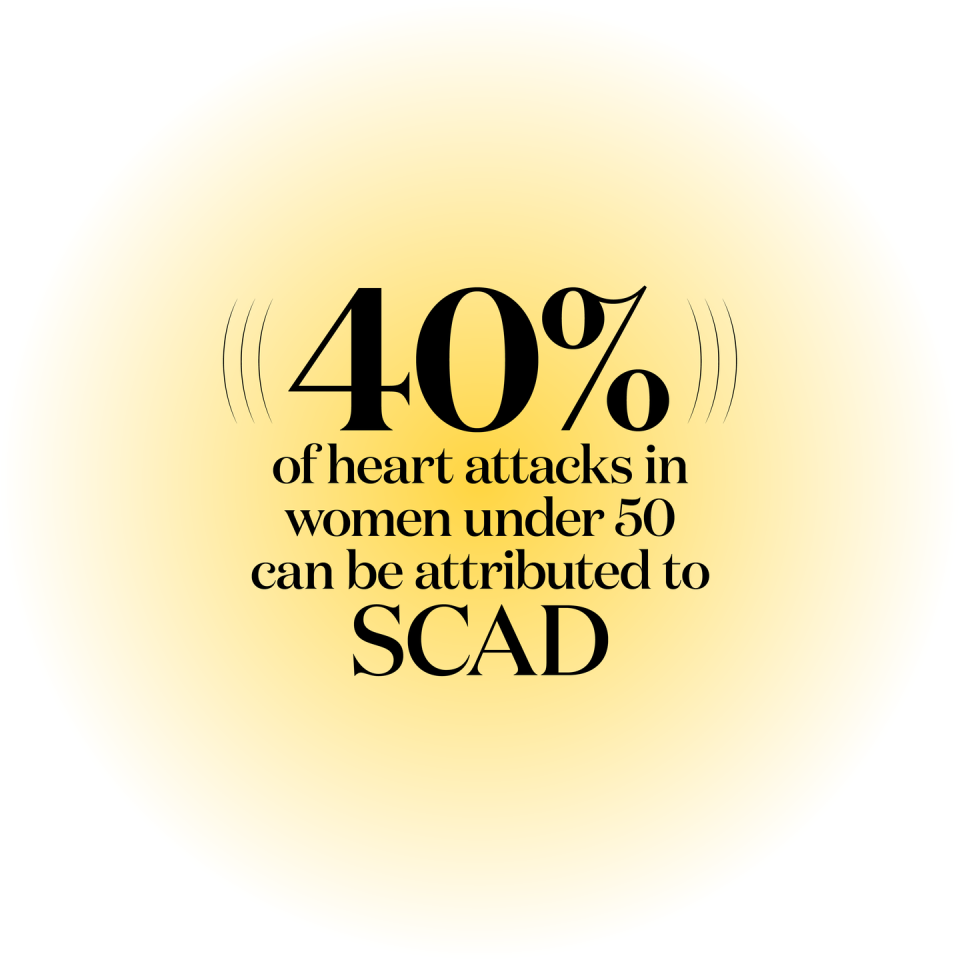
In a post-mortem exam, Dr. Pretty realized that her gut wasn’t the issue. She’d suffered an aortic dissection. His discovery was rare enough that the case was submitted for publication, and her story appeared in The British Medical Journal the following year.
Until relatively recently, most doctors still weren’t familiar with SCAD. Women were often misdiagnosed, or the heart condition was mistreated. Patients were told that having a heart attack at such a young age was rare—like being struck by lightning. If they survived, they were sent home, told they were lucky to be alive, and prescribed medicine and rehab.
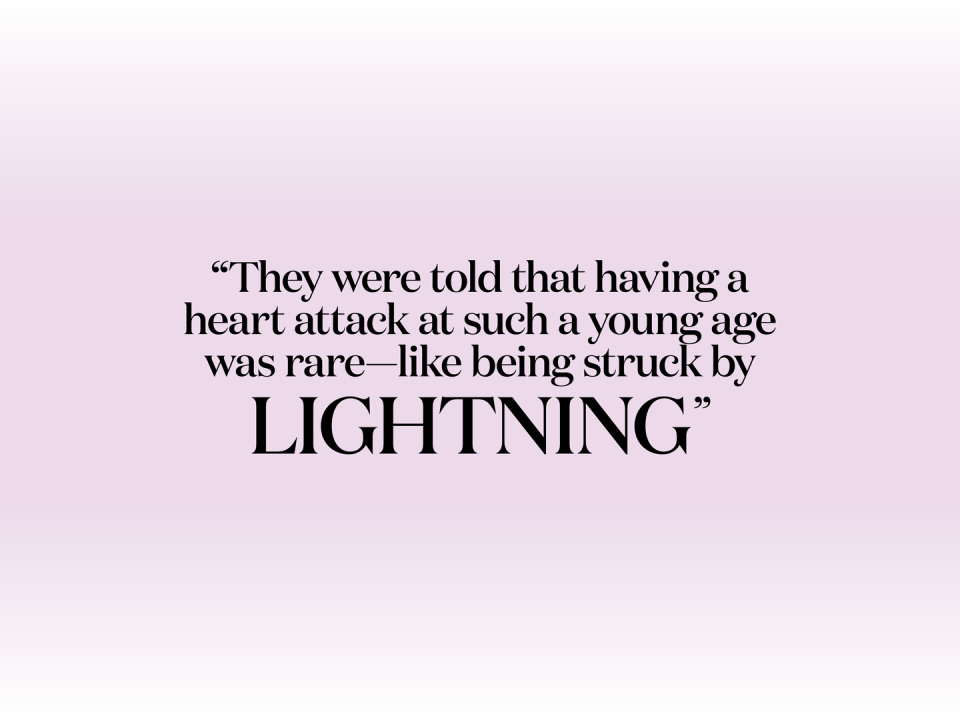
In 2015, Kira Alston—who is now a two-time SCAD survivor—was just 33 years old when she walked into her local ER in northern Virginia. She had to press the doctors to take her pain seriously. “While I was lying on a hospital bed, they kept telling me, ‘We can’t find anything wrong with you,’” Alston, now 41, says, noting that her EKG came back normal. “But I kept having to sit up and throw up into a bucket. Something was wrong.”
It took nearly two hours for doctors to run blood work, which eventually revealed levels of troponin (a protein released in the blood during a heart attack) showing she was in cardiac arrest. Doctors later attributed it to SCAD.
In 2007, Rebecca Freeman, now 38, went to the ER as a University of South Carolina junior complaining of chest pain and shortness of breath. The doctors opted not to check her heart and instead did a drug screen on her. Twice. Both tests came back negative. Finally, they performed an EKG and a troponin test, which showed that her protein level was “sky high.”
In 2003, Katherine Leon had to make two trips to the emergency room—days apart—before being admitted for breathing difficulties as well as chest and upper back pain and arm numbness. On the first visit, she was told to get her gallbladder and her childhood asthma checked out. After going back to the hospital a second time and spending two days under surveillance, doctors realized the 38-year-old mom of two would need emergency double-bypass surgery. Those doctors were able to save her life, but they didn’t have any answers about why her SCAD had occurred.
“I’d had this horrible experience and could’ve died, and they were like, ‘Don’t worry about it. Just don’t have another baby,’” says Leon. (At the time, doctors thought childbirth was a SCAD trigger, but experts now know that less than 10 percent of SCADs occur post-delivery.)
Leon was crushed. She wanted to have more kids and was worried about the ones she had. “I asked if my children might have this illness, and the doctor said, ‘Well, they’re boys; they’re not going to get pregnant.’ And I remember thinking, That doesn’t make any sense at all.”

A heart attack that sparked change
SCAD research exists today thanks to a strong partnership between patients and doctors.
After her heart attack, Leon began doing her own research and sought out other SCAD survivors online. She eventually started a message board for the small community of survivors on the WomenHeart website, a women’s heart-disease support group and discussion community. Leon’s group began with three women but grew to more than 70 by 2009. That year, Leon decided to approach Sharonne Hayes, MD, a cardiologist at the Mayo Clinic, at the annual WomenHeart Science and Leadership Symposium taking place at the Mayo Clinic in Rochester, Minnesota. She asked Dr. Hayes to research SCAD. At the time, the largest SCAD study had only 43 patients, and Leon knew her group was almost twice that size. Dr. Hayes agreed to help.
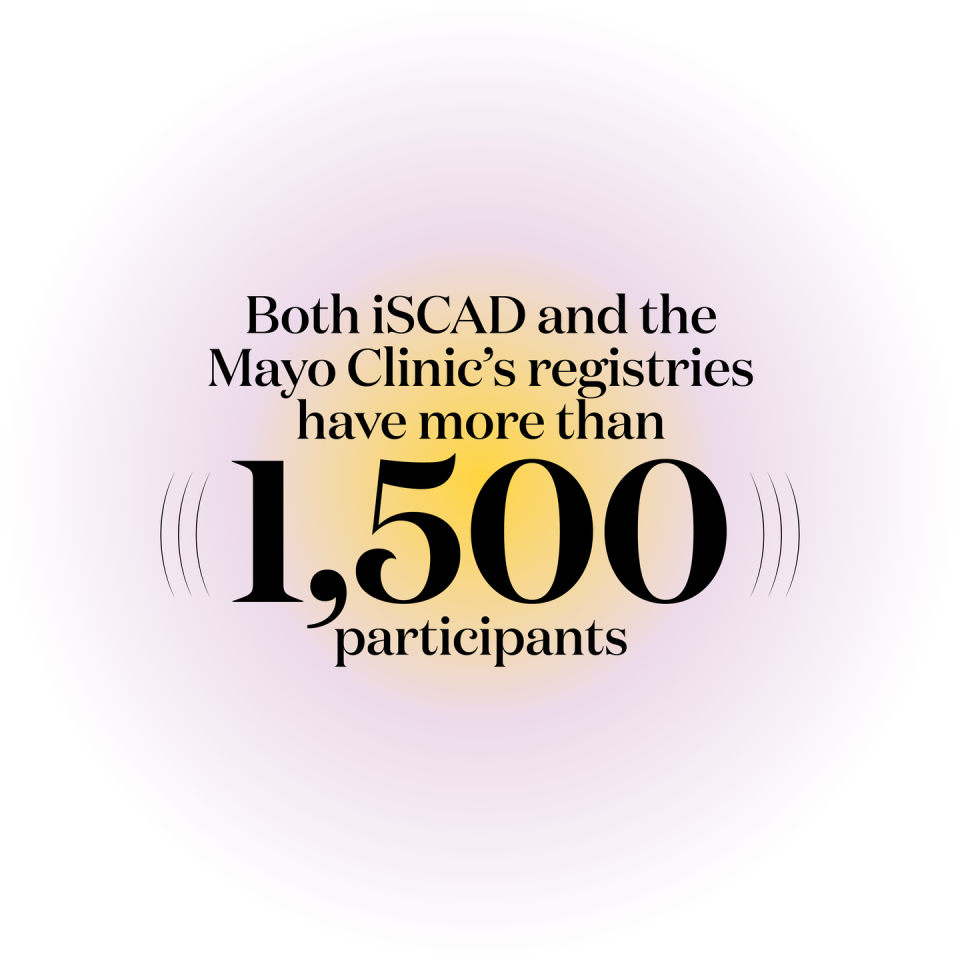
Leon and Dr. Hayes’s collaboration eventually led to a pilot study, a virtual SCAD registry, and various publications that form the foundation of SCAD knowledge and research in the United States today. (In 2018, SCAD got more of the worldwide medical attention it so badly needed: That year, researchers led by Dr. Hayes, published an article on SCAD in the American Heart Association’s medical journal.)
“I did not set out to change research; I set out to help and advocate for a group of patients who came forward with a condition for which there was little known,” says Dr. Hayes, now a world-renowned expert in SCAD.
Leon kept pushing forward. In 2013, she and a friend from the message board, Laura Haywood-Cory, cofounded the SCAD Alliance, an organization that focuses on education, awareness, support, and research for the condition. By 2019, Hayes had helped create the iSCAD Registry, funded by the SCAD Alliance, which collects data from SCAD patients through more than 20 medical centers across the globe. Both iSCAD and the Mayo Clinic’s registries have more than 1,500 participants. And other networks have popped up along the way, like SCAD Research Inc.
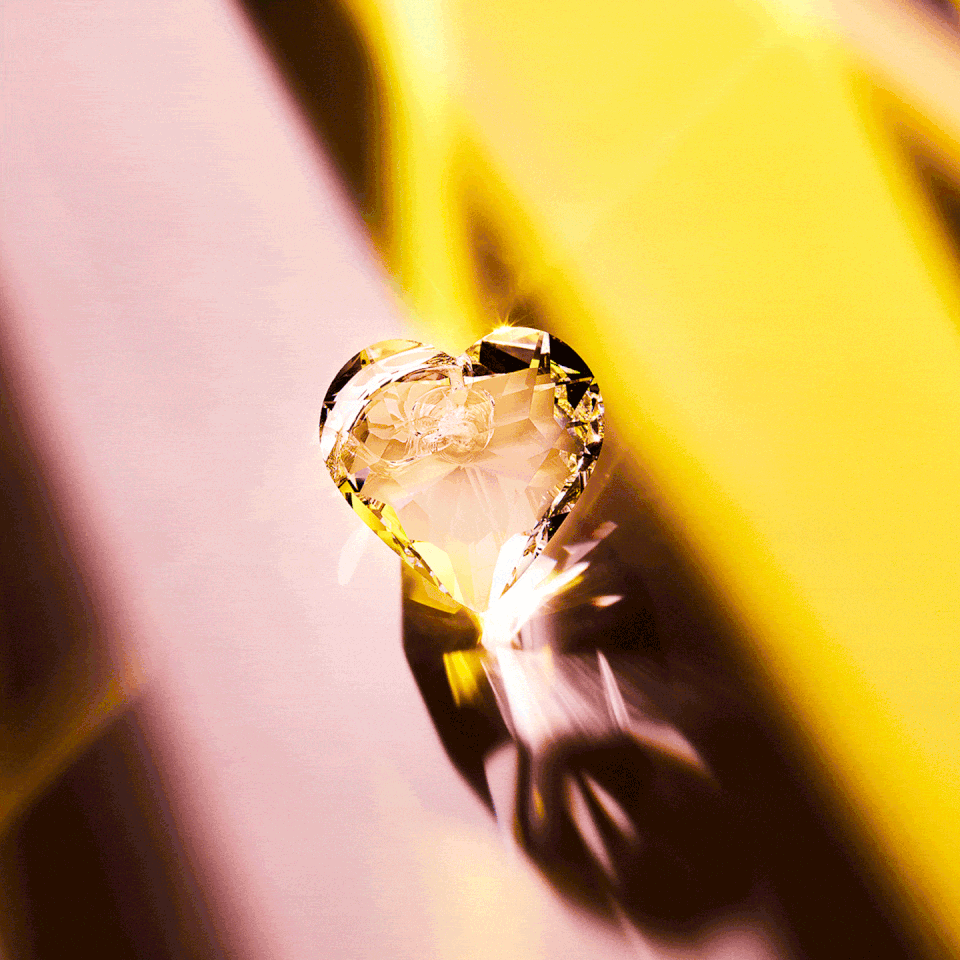
We know a lot more about SCAD now.
The past few decades have produced research and survivor registries that provide important clues about why SCAD occurs. And the condition is recognized faster because doctors have been better trained to spot it. There’s more awareness in the medical community, due in large part to Dr. Hayes’s work.
“I found one sentence on SCAD in my 1989 cardiology textbook,” says Dr. Hayes. However, she recently received an email from a colleague who was renewing his interventional cardiology board certification. He told her there were three SCAD questions on that exam. “There’s an expectation that physicians know about it now,” says Dr. Hayes. “[The field has] come a long way.”
Experts guess that SCAD may be a perfect storm of several factors and a complex interplay of genetic, environmental, and hormonal factors (since it primarily affects women). As Dr. Kim points out, “If there was one gene that caused SCAD, we would’ve found it by now.”
One genetic factor experts have homed in on is an underlying weakness of the arteries, as in fibromuscular dysplasia (FMD), a blood vessel disorder in which strong, flexible cells in your arteries become weaker and less flexible.
“If you were to do a CT scan from head to pelvis of 100 patients with coronary dissection, you would find FMD more than half the time,” says Dr. Kim.
Stress, whether from pregnancy (often dubbed the “ultimate stress test” for your heart), migraines, or life events, also likely plays a role. “We know that a significant proportion of patients who experienced a SCAD report a history of anxiety and depression,” says Dr. Kim.
However, there’s not a clear-cut answer, says Dr. Hayes, who is currently running one of the largest SCAD studies to date. “I always remind people that the S stands for spontaneous,” she says.
Surgeons have also learned more about how to treat SCAD once it occurs. For instance, they now know that stents—tiny mesh tubes placed in coronary arteries to hold them open after they’ve narrowed and caused a heart attack—aren’t always successful in preventing another SCAD event. When a stent is placed after a regular heart attack, it has a 96 percent success rate. For SCAD patients, it’s more like 66 percent, because a stent can sometimes worsen the blood bruise or the aortic tear. Bottom line: You can’t treat these heart attacks in the same way you treat others.

Experts agree that more research is needed—and that you have to advocate for yourself.
Despite this progress, getting the green light and funds to study women’s heart health is still a struggle. “Women and children don’t get the lifeboats first,” says C. Noel Bairey Merz, MD, director of the Barbra Streisand Women’s Heart Center in the Smidt Heart Institute at Cedars-Sinai in Los Angeles, where one or two new SCAD patients are seen every week. “So, while things are getting better, research around them has had cutbacks.”
As survivors like Kira Alston wait for answers, they are taking their health into their own hands. In 2020, five years after her first SCAD, Alston started wearing an Apple watch to track her health data. She was sitting still when the watch alerted her that her heart rate was rapidly increasing. She was able to get to the hospital in time to catch her second dissection.
“I just really, really, really hope we can get to the point where any woman across the world can tell a doctor, ‘Something’s not right,’ and the doctor says, ‘Hey, she’s under 50 and has no risk factors for heart disease, so let’s check for SCAD,’ instead of, ‘You had a hot dog for lunch? Go take a Tums,’” says Leon. “I’ve never really thought SCAD would be cured in my lifetime. But I’ve always hoped my sons would be able to grow old and have families and not have to worry about whether their daughters or their wife is going to have a SCAD.”
How To Help Yourself
1. Know the signs of heart attack.
You won’t be able to tell if your heart attack is from SCAD or another health problem, but knowing the signs (chest pain, shortness of breath, nausea, exhaustion, pain or discomfort in the jaw, neck, back, arm, or shoulder) can help you take action.
2. Never downplay pain.
Speak up for yourself and for your pain. “If the reason you’re showing up at the emergency room is because you think you’re having a heart attack, say that aloud,” says Dr. Hayes. “If you say it’s indigestion, they’re going to check the wrong thing.”
3. Call 911 and get to the emergency room.
If you think you’re having a heart attack, don’t drive to the ER yourself, and don’t go to urgent care. “At urgent care, they can’t do anything to rule out a heart attack other than call an ambulance to take you to a hospital,” says Dr. Hayes.
4. Take care of your body and mind.
Stress is a possible factor in SCAD, so pay attention to your physical and emotional well-being. “Don’t keep all your fears and anxieties bottled up,” says Dr. Kim. “Find a support system if you need one.”
5. Don’t settle for question marks.
If you have a heart-health incident that your doctor can’t adequately explain, see another doctor. “We always get multiple estimates when we’re doing work on our homes. The same goes for our bodies,” says Leslie Cho, MD, director of the women’s cardiovascular center and section head of preventive cardiology and rehabilitation at Cleveland Clinic. “If you don’t get along with your doctor or don’t get answers to your questions, seek a second opinion.”
Photography by Jarren Vink; Prop Styling by Allison Ritchie
You Might Also Like
